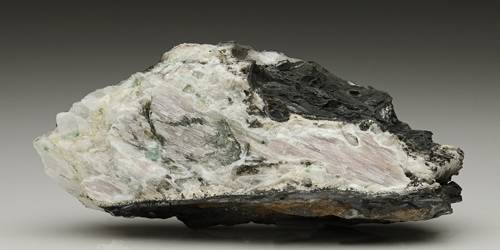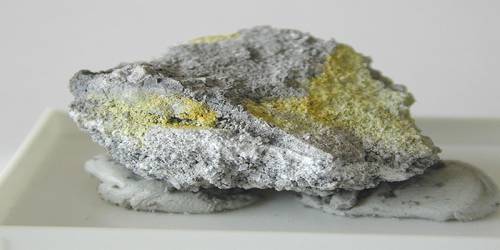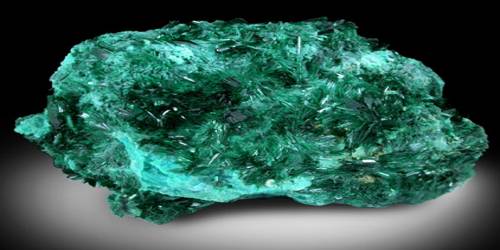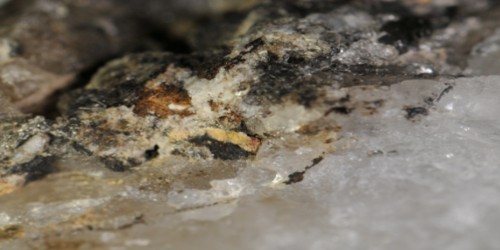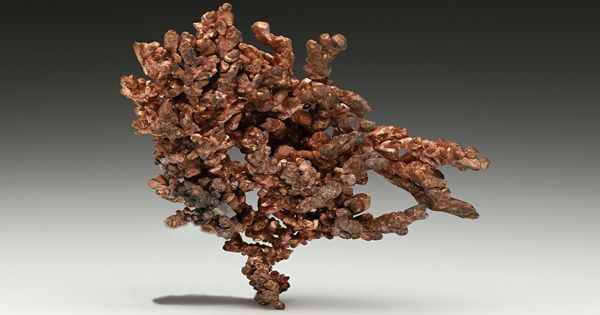Chloroxiphite is a rare olive green to pistacio green lead copper halide mineral with formula: Pb3CuO2Cl2(OH)2. It was first discovered in 1923 in the Mendip Hills, Somerset, England associated with mendipite. Like mendipite it is an oxychloride mineral and formed from the alteration of lead ore (galena) by secondary oxidation.
General Information
- Category: Halide mineral
- Formula: Pb3CuO2Cl2(OH)2
- Crystal system: Monoclinic
- Crystal class: Prismatic (2/m) (same H-M symbol)

Properties
It has conchoidal fractures and a transparent to translucent appearance. It can be formed as crust-like aggregates or euhedral/granular crystals.
The average density is 6.50 g/cm3, and its hardness is 2.5.
- Color: Dull olive green to pistachio-green
- Crystal habit: Elongated, flatenned, striated and often curved crystals and groups
- Tenacity: Very brittle, friable
- Mohs scale hardness: 2 1⁄2
- Luster: Adamantine, resinous
- Streak: Light green yellow
- Diaphaneity: Transparent
- Specific gravity: 6.76 – 6.93
Occurrence: A secondary mineral associated with lead- and copper-bearing pods in Mn–Fe deposits developed along fissures in dolomitic conglomerate and limestone.
In addition to mendipite, it occurs with diaboleite, parkinsonite, wulfenite, cerussite, and hydrocerussite. Its name comes from the Greek words (χλωρός) “green”, describing its color, and (ζιφος) “blade” as its crystal form is long blade-like crystals that often show the growth pattern and time taken to form
Association: Mendipite, diabolite, parkinsonite, wulfenite, cerussite, hydrocerussite.
Information Source:
